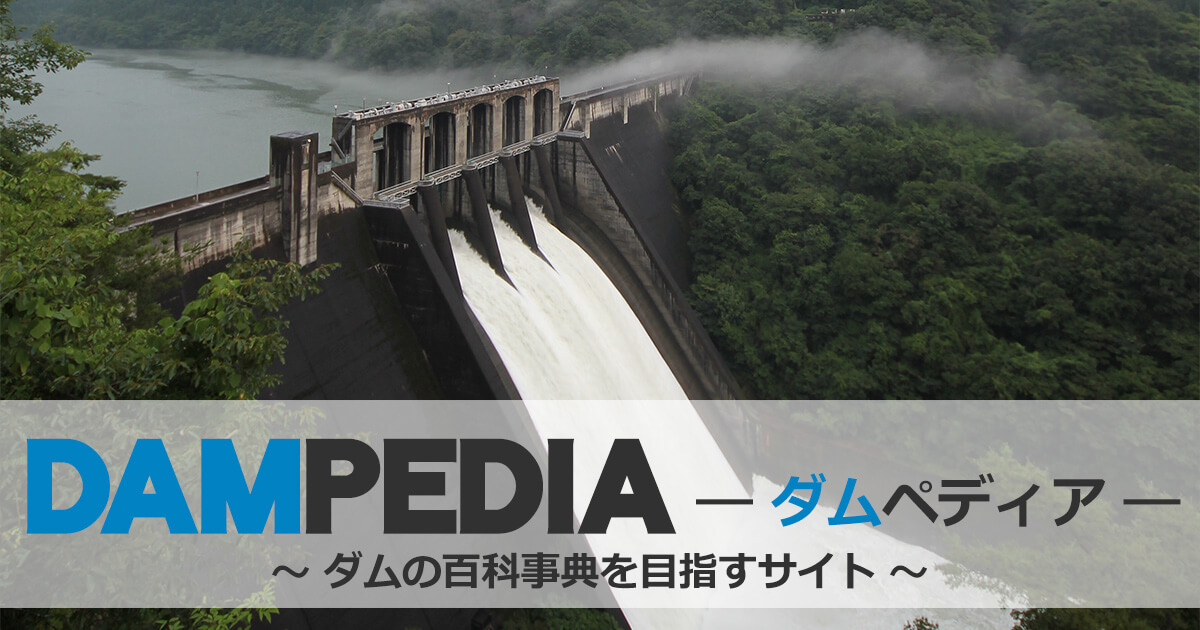Reading: Keikaku kamizusuiryou/Keikaku kouzuiryou
Also known as -
Planned high water flow rate indicates the river flow rate when flood control is carried out by a dam after the dam is constructed, compared to the base high water flow rate. In other words, the planned high water flow rate is the base high water flow rate minus the amount of flood control at dams and other flood control facilities.
The water level at which the planned high water flow rate is displayed as a river channel cross section is called the planned high water level. The water level is higher than the alert water level at which flood prevention teams are mobilized in preparation for flood damage, and lower than the height of the levees. It is also used as a standard for construction of river levees, and is the highest water level that the levees can withstand.
Like the basic high water flow rate, this reading is also called "takamizu" to avoid mistakenly reading "takamizu" as "kozui" (高水).



Comment